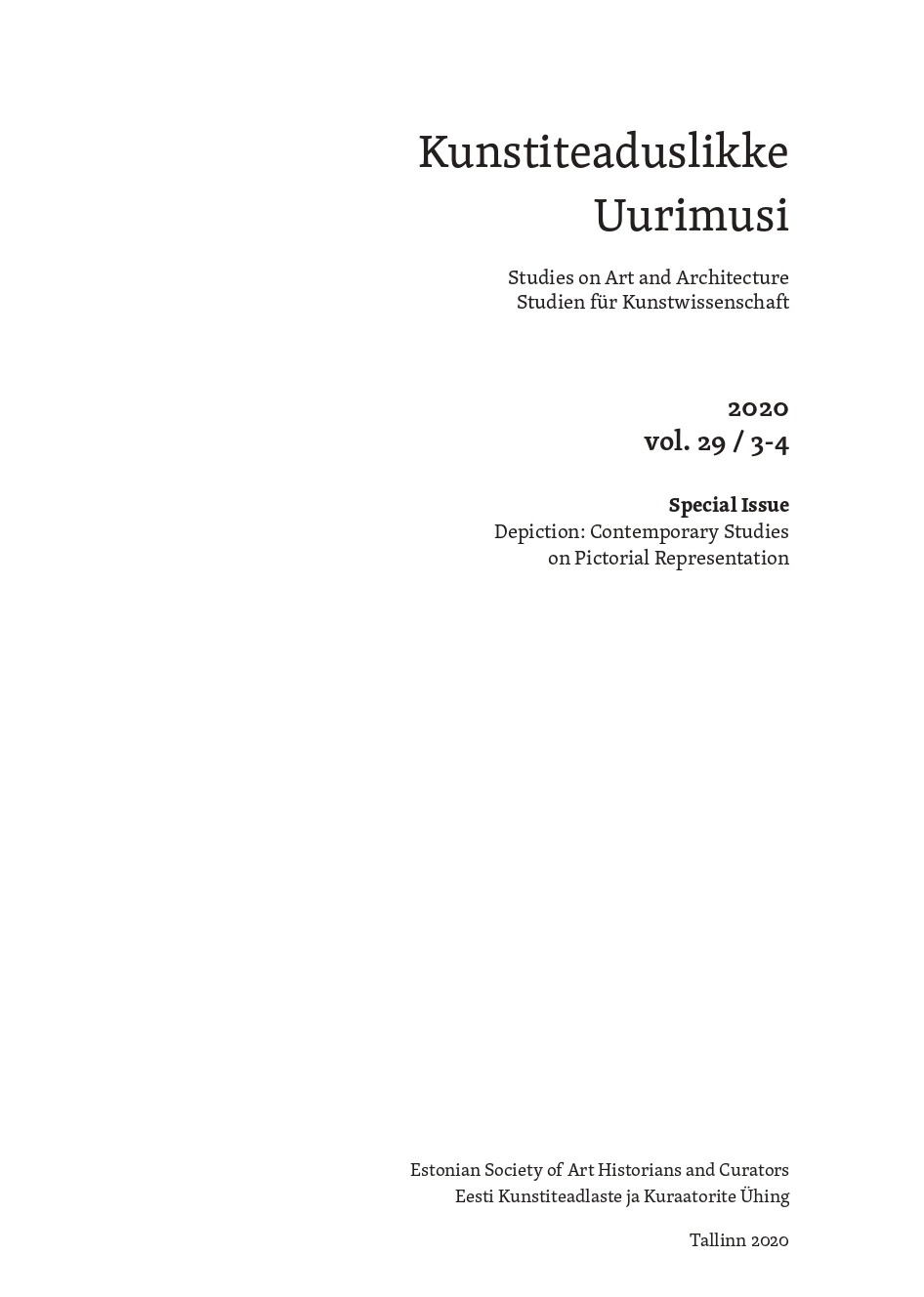Perspectives on Photographic Vision with Early Heidegger: Enactment, Ontology, Practice, and Theory
Perspectives on Photographic Vision with Early Heidegger: Enactment, Ontology, Practice, and Theory
Author(s): Filip GurjanovSubject(s): Photography, Metaphysics, Aesthetics, Phenomenology, Ontology
Published by: Eesti Kunstiteadlaste Ühing
Keywords: Perspectives on Photographic Vision; Heidegger; Enactment; Ontology; Practice; Theory;
Summary/Abstract: Although Heidegger mentioned photography in Kant and the Problem of Metaphysics, his image theory developed in that book has not yet been considered in the light of photography’s intrinsic connection with the photographic act, which I wish to put special emphasis on in this paper. Using Heidegger’s interpretation of Kant, I will first examine photographic seeing from an ontological point of view. Then, mirroring a tension in Heidegger’s early focus between a transcendental approach and the primacy of practice thesis as suggested by William Blattner, and following on from William J. Nieberding’s use of certain passages from Being and Time as applied to photography, I will further investigate the primordial practical context in which photographic vision emerges, which will help consider photographic vision as resulting from a specific shift of attitude. However, as William McNeill explains, Heidegger’s idea of a change-over (Umschlag) in seeing from initial practical sight to that of theory includes an autonomous source of the origination of theoretical vision. Thus, if photographic vision is to be considered genuinely theoretical, this compels us to explore the ‘inner source’ of seeing photographically, which I will argue depends on photographers’ understanding of camera vision.
Journal: Kunstiteaduslikke Uurimusi
- Issue Year: 29/2020
- Issue No: 03+04
- Page Range: 91-106
- Page Count: 16
- Language: English
- Content File-PDF

